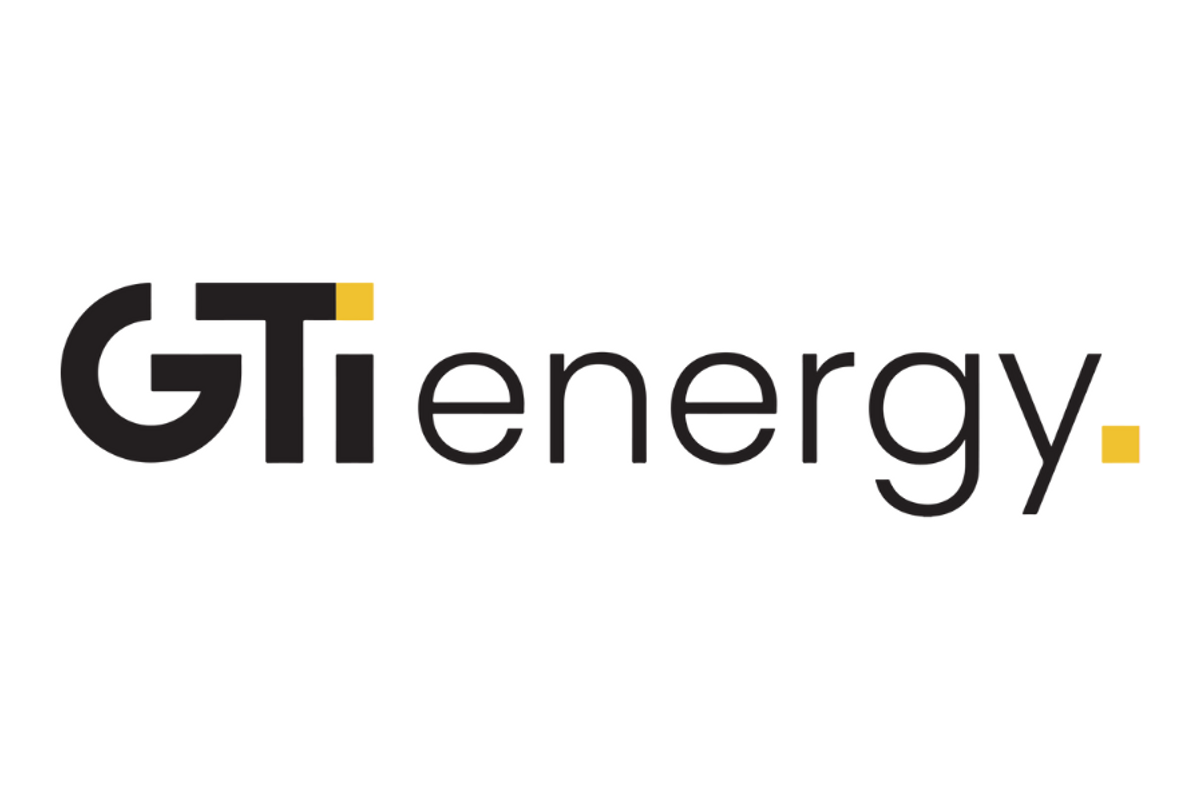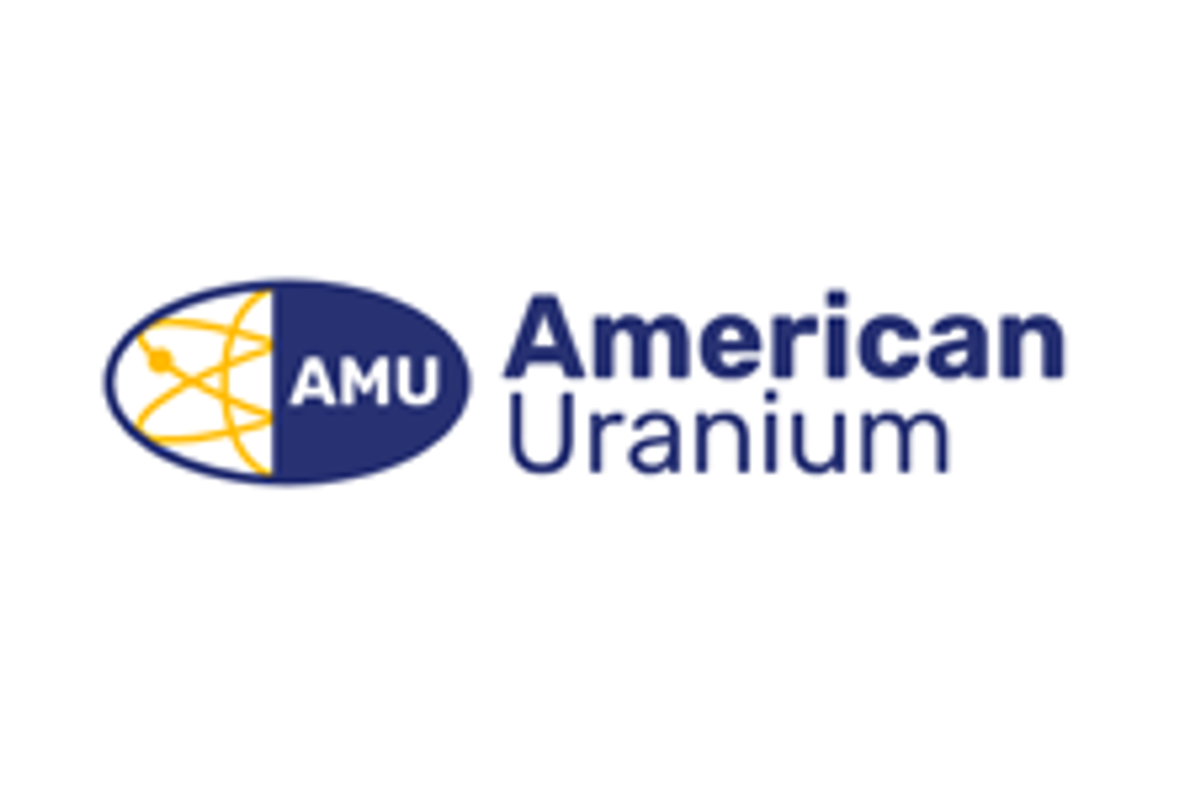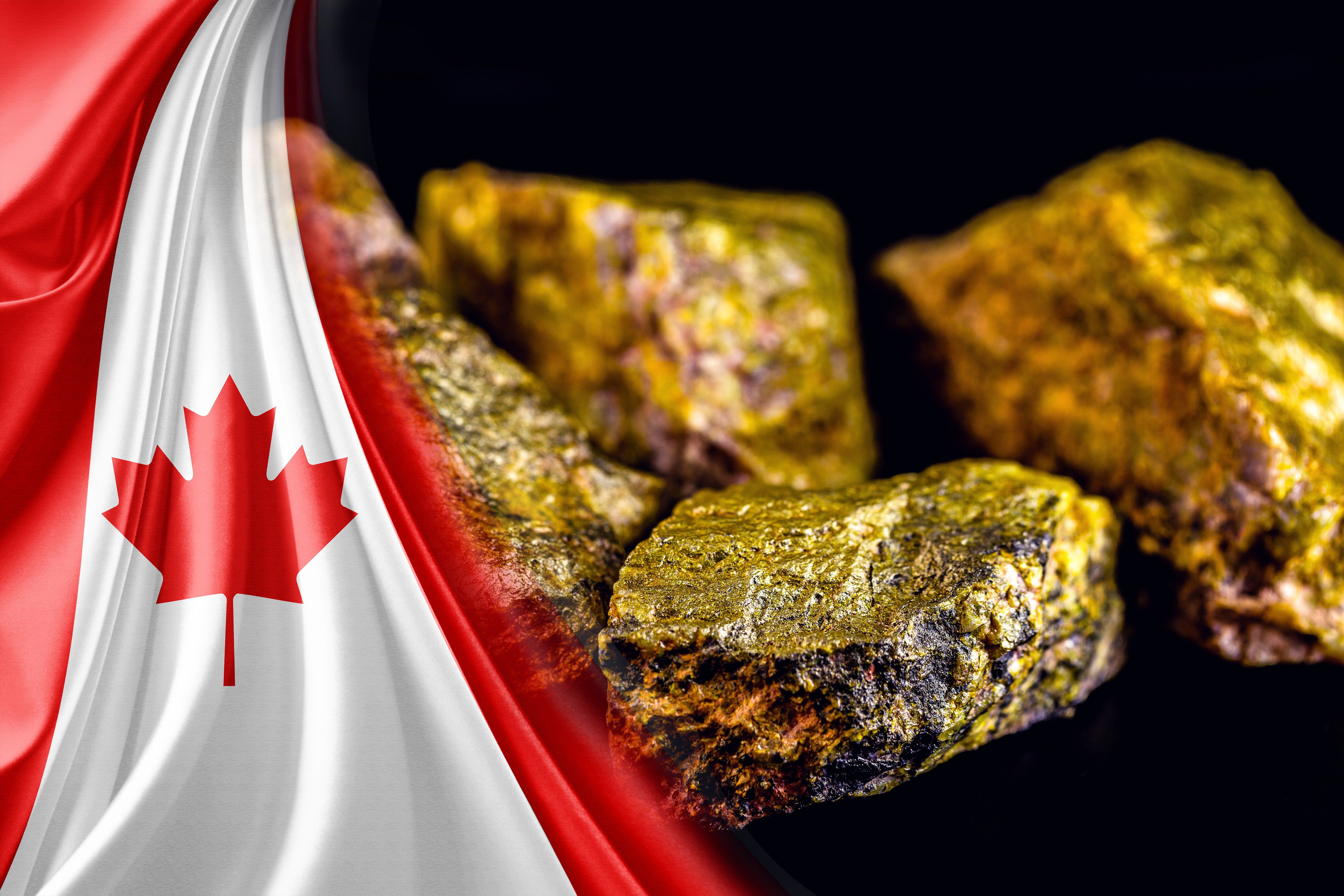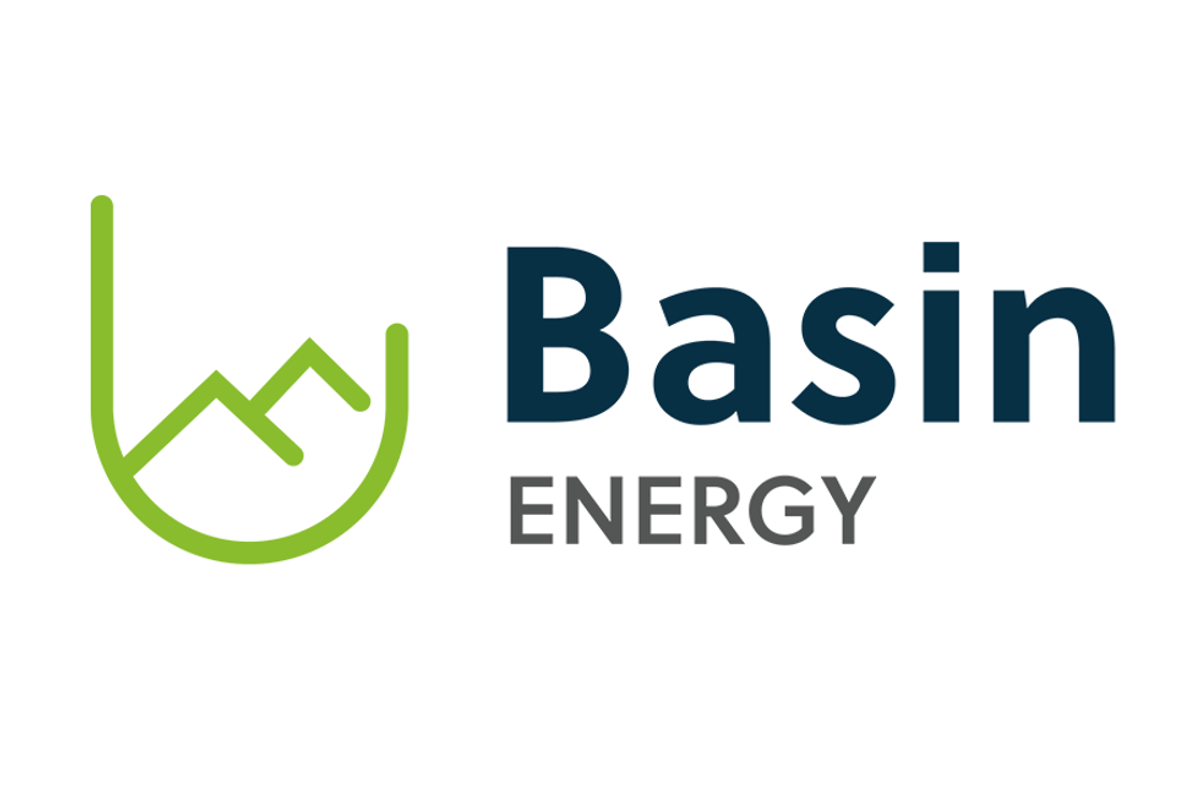
November 20, 2023
GTI Energy Ltd (ASX: GTR) (GTI or Company) is pleased to advise of positive results from the recently completed airborne radiometric and magnetic survey completed at its 100% owned Green Mountain Project (Project) located in Wyoming’s prolific Crooks Gap/Green Mountain/Great Divide Basin uranium production district.
- Positive results from recent airborne Magnetic & Radiometric Survey
- 12 miles (19km) of anomalous uranium trends interpreted from airborne survey
- 6 prominent uranium anomalies were identified across the Project
- Anomalies correlate with historically identified drill holes, interpreted trends, areas of past mining and/or known mineralisation
- 28 additional claims staked, based on results of the geophysical surveys, bringing the total holdings to 697 mining claims comprising circa 14,000 acres
- Next steps: Planning & permitting for follow up drilling
GTI Executive Director Bruce Lane commented “The aerial geophysical survey has provided us with clear direction as to where to drill at Green Mountain. We have been able to utilise the historical drilling and geological information completed by Kerr McGee Corporation, Wold Nuclear and others during the 1970’s and 1980’s to help interpret and extrapolate significant additional anomalous uranium trends, particularly within the eastern part of the extensive Green Mountain land position. The land package is surrounded by significant uranium deposits and resources owned by Rio Tinto, Energy Fuels, Ur Energy & UEC, so we know we are in an area with real potential. Our next step is to progress work on refining drill targets and permitting”.
GTI’s 100% owned Green Mountain ISR Uranium Project (Green Mountain) is located in Sweetwater County, Great Divide Basin (GDB), Wyoming (WY) within a few miles of GTI’s Great Divide Basin projects and within 60 miles of GTI’s Lo Herma project in Wyoming’s Powder River Basin (Figure 1).

GTI’s Green Mountain Project covers ~14,000 acres (~5,665 hectares) of underexplored mineral lode claims (Claims) and benefits from historical Kerr McGee uranium drilling data and oil-well exploration drill logs which confirm the presence of roll fronts within the Battle Springs formation which hosts neighbouring major uranium deposits.
The Properties are located in the neighbourhood of Energy Fuel’s (EFR) 30Mlb Sheep Mountain deposit, Ur-Energy’s (URE) 14Mlb Lost Soldier ISR deposit, UEC’s (UEC) Antelope deposit & Rio Tinto’s (RIO) Big Eagle (past producing), Jackpot, Desert View, Phase II, & Willow Creek deposits (Figure 2). The Claims lie south of Green Mountain, ~5kms from GTI’s existing Odin claim group & within 15km of GTI’s Thor project where two successful drill programs were completed during 2022.
Click here for the full ASX Release
This article includes content from GTI Energy, licensed for the purpose of publishing on Investing News Australia. This article does not constitute financial product advice. It is your responsibility to perform proper due diligence before acting upon any information provided here. Please refer to our full disclaimer here.
GTR:AU

Sign up to get your FREE
American Uranium Investor Kit
and hear about exciting investment opportunities.
- Corporate info
- Insights
- Growth strategies
- Upcoming projects
GET YOUR FREE INVESTOR KIT
The Conversation (0)
15 December
American Uranium
Disrupting the uranium supply chain through highly prospective ISR projects in Wyoming
Disrupting the uranium supply chain through highly prospective ISR projects in Wyoming Keep Reading...
11 August
Snow Lake Completes Due Diligence and Confirms Placement
GTI Energy (GTR:AU) has announced Snow Lake Completes Due Diligence and Confirms PlacementDownload the PDF here. Keep Reading...
28 July
Quarterly Activities/Appendix 5B Cash Flow Report
GTI Energy (GTR:AU) has announced Quarterly Activities/Appendix 5B Cash Flow ReportDownload the PDF here. Keep Reading...
23 July
Lo Herma Drilling Permit & Contract Confirmed
GTI Energy (GTR:AU) has announced Lo Herma Drilling Permit & Contract ConfirmedDownload the PDF here. Keep Reading...
14 July
Company Update - Name Change to 'American Uranium Limited'
GTI Energy (GTR:AU) has announced Company Update - Name Change to 'American Uranium Limited'Download the PDF here. Keep Reading...
10 July
Placement Shares Issued & Drilling Approval Expected August
GTI Energy (GTR:AU) has announced Placement Shares Issued & Drilling Approval Expected AugustDownload the PDF here. Keep Reading...
19 December
Ben Finegold: Uranium in 2026 — Price Outlook, Plus Stocks, Supply and Demand
Ben Finegold, head of research at Ocean Wall, shares his 2026 outlook for uranium supply, demand and prices, emphasizing that the nuclear energy story remains strong. While 2025 brought little movement in the spot price, he believes the stage is set for higher numbers. Don't forget to follow us... Keep Reading...
19 December
Denison, Skyharbour Finalize Saskatchewan Uranium Joint Venture Deal
Denison Mines (TSX:DML,NYSEAMERICAN:DNN) has closed a previously announced deal with Skyharbour Resources (TSXV:SYH,OTCQX:SYHBF) that repurposes a large block of uranium exploration ground surrounding Denison's flagship Wheeler River project in Northern Saskatchewan.The recent transaction... Keep Reading...
18 December
5 Best-performing Canadian Uranium Stocks of 2025
The uranium market moved through 2025 with less drama than the previous year, but the quieter tone masked a sector still tightening beneath the surface. After 2024’s surge to two-decade highs, in 2025, U3O8 prices traded in a narrower US$20 range in 2025, slipping to a low of US$63.71 in March... Keep Reading...
18 December
Resource Expansion Drilling Confirms 3,000 metres of New Uranium Trends with Best Drill Hole of 1.4 GT over 7.6 metres
Resource expansion drilling of 50 holes completed at Lo Herma as planned yielding significant mineralised extensions over 3km to the north of proposed Mine Units 1 and 2. Drilling delivered AMU’s strongest intercept to date ahead of 2026 MRE and Scoping Study updates at AMU’s flagship Lo Herma ISR Uranium Project in Wyoming’s Powder River Basin.
American Uranium Limited (ASX:AMU, OTC:AMUIF) (American Uranium, AMU or the Company) is pleased to advise that 2025 resource expansion drilling at its Lo Herma ISR uranium project in Wyoming’s Powder River Basin (Lo Herma, the Project) has been completed according to plan with the drilling of 50... Keep Reading...
17 December
Completes phase one drilling and expands Sybella-Barkly
Basin Energy (BSN:AU) has announced Completes phase one drilling and expands Sybella-BarklyDownload the PDF here. Keep Reading...
17 December
Top 5 Uranium News Stories of 2025
Uranium prices stayed fairly steady in 2025, but experts agree its long-term outlook is compelling, Demand picked up from reactor restarts, new nuclear construction projects and growing interest in small modular reactors. Meanwhile, supply constraints continued as miners faced issues ramping up.... Keep Reading...
Latest News

Sign up to get your FREE
American Uranium Investor Kit
and hear about exciting investment opportunities.
- Corporate info
- Insights
- Growth strategies
- Upcoming projects
GET YOUR FREE INVESTOR KIT
Interactive Chart
Latest Press Releases
Nevada Sunrise Announces Stock Option Grants
19 December
Related News
TOP STOCKS
American Battery4.030.24
Aion Therapeutic0.10-0.01
Cybin Corp2.140.00







